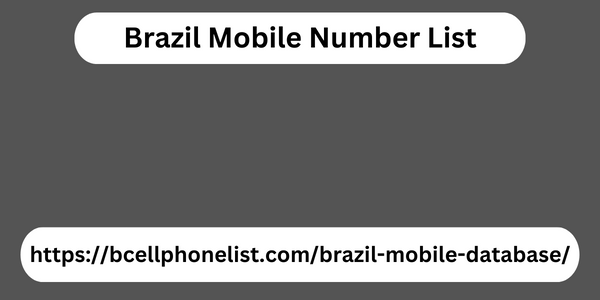|
|
Startups move fast and GV's Design Sprint has been designed to offer them an agile and effective system to solve their challenges in the design area. Thanks to Design Sprints, they can take a product from the ideation phase to the testing phase in just days and through different stages: Understand, Define, Diverge, Decide, Prototype. prototype) and Validate There are shorter formats available, and days, and depending on the challenge we have to solve and the duration of the Sprint, different techniques will be applied in each phase of the process. Design Sprints accelerate the creation cycle of a product, allowing you to go from idea to learning without developing anything.
Discover more > Understand & define The first step of any design-related challenge is to build a general, team understanding. Each team member will share their knowledge about the product and the common problem Brazil Mobile Number List Business opportunities, benchmarks with the competition, technical restrictions and prior research on our users, everything is on the table. It is thanks to this that the team can define what the challenge will be that they will solve during the Sprint and for which user they are designing . A couple of useful techniques in this phase of the process are: The exercise known as “ How might we ” (how should we…), which allows participants to detect possible problems. Building personas and drawing out the ideal user experience allows the team to know who they are designing for. It also helps you stay focused on user needs and stay aligned throughout the sprint.

Diverge & Decide Now that we have decided what the challenge is and the team knows who the user is, it is time to brainstorm and give space to creativity. It doesn't matter if we opt for an individual or collective brainstorming session, the objective of this step is to extract a set of ideas and approaches to solve the design problem we are facing. Brainstorming participants should: Use the “yes and…” technique to build on the ideas of others. Not judge. There are no good or bad ideas in this phase of the process. Bet on the amount. Go for the big ideas. Write headlines. It is not necessary to have the details at this time. When all participants have presented and discussed their ideas, each team member will vote for their favorite.
|
|